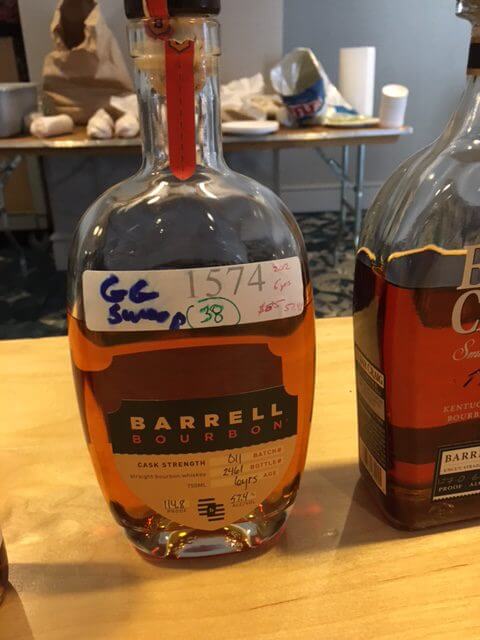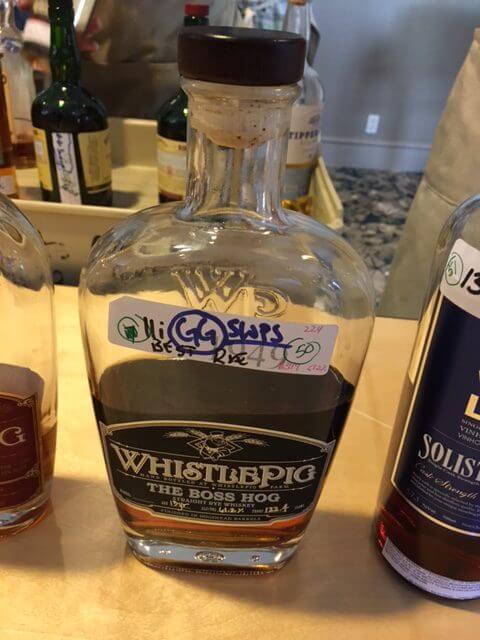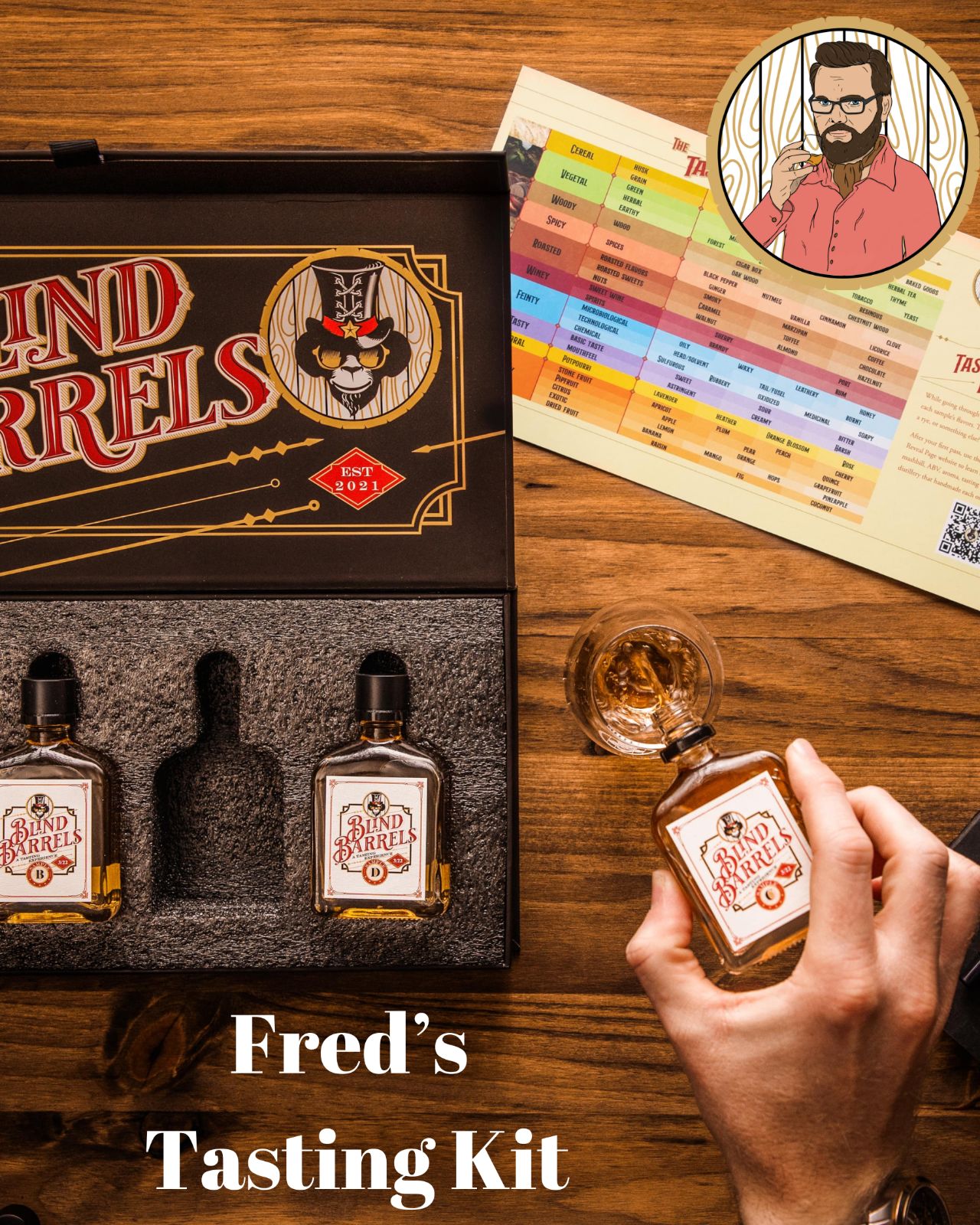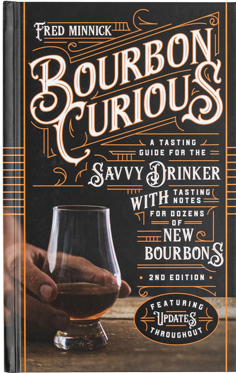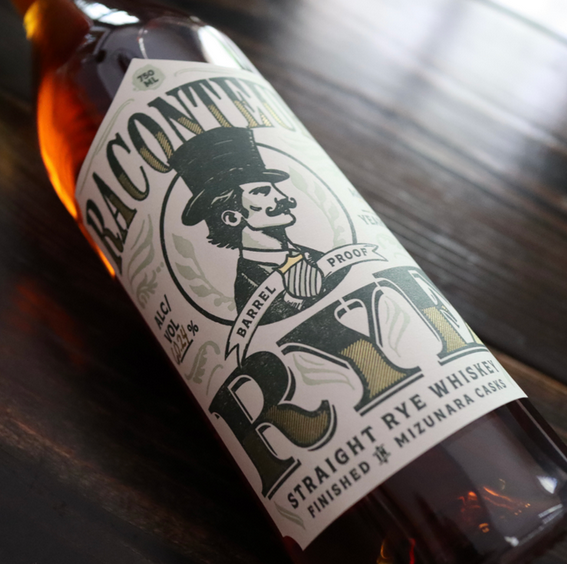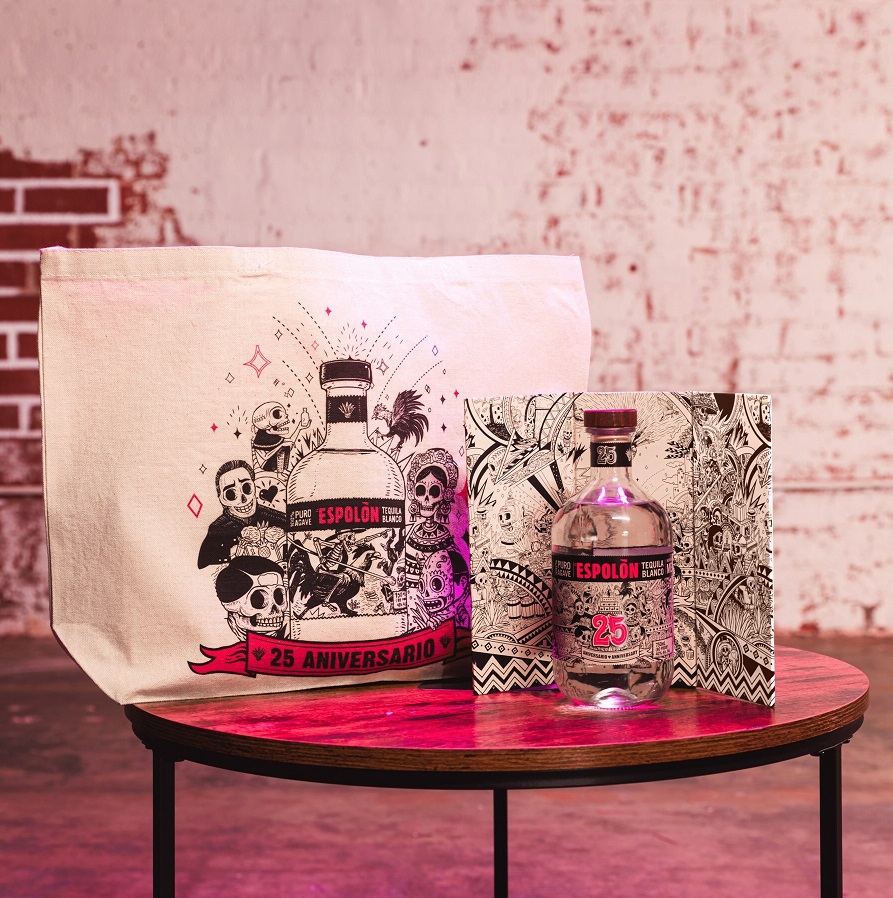Shocking Whiskey Upsets at ’17 San Fran World Spirits Comp
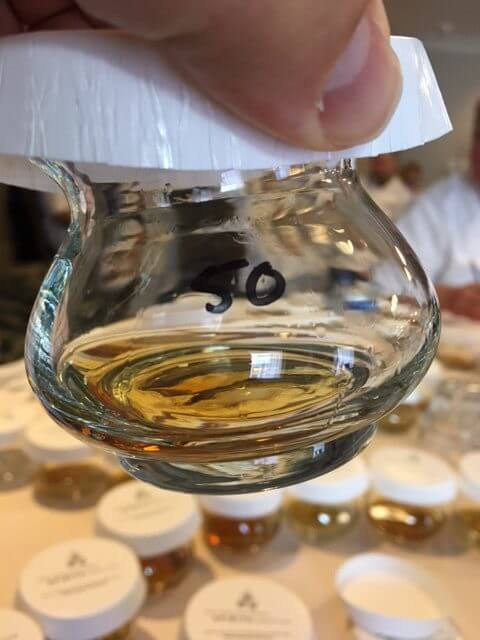
Has bourbon lost its way?
The past couple years I’ve been asking this question a lot, as fewer American whiskeys carried complexity or were one note wonders. For every William Larue Weller or Four Roses Limited Edition Small Batch, there were 10 pricy limited editions that do not live up to expectation. Couple this disappointment with the deteriorating everyday value bourbon, and you wonder if bourbon’s bubble is about to bust.
But this past year, I tasted incredible quality, and much of it was coming from sourced whiskey (brands that purchase barrels of whiskey and bottle, but they don’t own a distillery.) You often pay more for these whiskeys, but 2016-17 sourced products represented some of the best whiskey of the past year.
As I boarded the plane to judge the San Francisco World Spirits Competition, I wondered if this bourbon quality would shine through. This year, more than 2,200 spirits entered, which are divided up in panels. It’s on these panels we select individual medals. When all panelists give the spirit a Gold, it earns a Double Gold and we decide if it’s worthy of moving onto the sweepstakes rounds or the finals, where more than 40 judges taste and vote on the class winners, best in category and best in show. The entire competition is conducted blind, meaning we only know the category and proof of what we’re tasting. (To learn about past winners and how the competition works, read my posts about 2013, ’14, ’15 and ’16.)
Onto bourbon, the answer to my question came in my first flight, curved around my table in Neat glasses. The first four bourbons were 80 proof, grain-laden and without much merit. But right smack in the middle was a caramel beast (Glass “F”) with fruit and a finish that tingled the lips. It stood out in the flight and commanded a Double Gold. I raised the glass and said, “this could be Best Bourbon.” My fellow panelist Drew Levinson pulled on his beard, intrigued, and commented: “Really, you’re calling it this early?”
Perhaps it was too early to say my first flight contained the Best Bourbon. As I nosed the next round—Small Batch 6-10 years old—each one offered layered components and richness I feared were going away in bourbon. All 90-proof or higher, they presented at Silver and above, for my palate. But there were two that stood far above one another: Both cask strength, one was a honey and marzipan delight, the other a caramel bomb with spice that tingled my entire jawline. After sipping glasses H and G, I looked up at my fellow panelists and said, “this is the tightest bourbon race we’ve ever had. And the best quality.”
In years past, there was always a single glass that stood out. One year it was Pappy 15, and Four Roses has won it twice, so they’re the bottles you’d expect to do well. Usually, anyway. The year Knob Creek won I contend it was easily the best thing in the field, but nobody could have predicted it.
After bourbon, we tasted the craft distiller whiskey (San Fran prohibits merchant bottlers from entering this category.) And this was a fun flight showing great promise, but nothing really stood out. Then, in Other Whiskey, which represents non-traditional whiskey countries, we found a few gems, but nothing memorable enough for me say it had a shot for best whiskey.
All I could think about were glasses F, H and G. Best Bourbon? Maybe, one would one win.
In the Super Taste Offs, where we narrowed down the Ryes and Craft Distiller Whiskeys, I found several beautiful representations of rye that were so complex I can close my eyes and ponder their baking spices tingling my palate. In the craft whiskey, one really stood out—a meaty bourbon ready to compete against the best. Alas, in the four-year-old range, the Oregon Craft Distillers Bourbon couldn’t stand out amongst whiskey giants. But this whiskey offered nuance despite its youth and was worthy of competing for the best of the best.
Going into Sunday, when we select the best in class, category and show, I knew it was a three horse race for bourbon and that the rye had a great shot to win it all. We moved through the white spirits quickly, and I was really intrigued by a barrel aged gin—Copperworks Northwest Cask Finished Gin. When we hit rum, one dominated my palate. It was a beautiful and funky Jamaican style and won Best Overproof Rum—Barrell Rum (merchant bottled from Hampden in Jamaica).

Then, bourbon. First, we selected Straight Bourbon, and up against Glass F was a solid pick from another panel that came at a lower proof than F and with a stronger vanilla note. When choosing between two exceptional products, I look for uniqueness, common notes and the tingle effect. Honestly, I couldn’t go wrong here, but I voted for the one, I assumed, was not from my panel. David Nicholson Reserve Kentucky Straight Bourbon won Best Straight Bourbon over Old Forester 1920 (Glass “F”), but both were strong contenders.
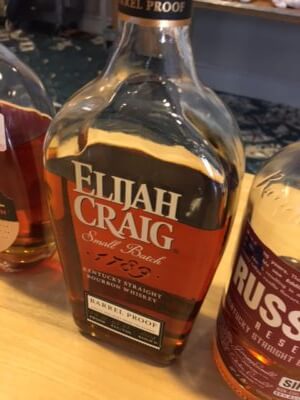
We then selected best Small Batch, an amazing representation of bourbon. Unlike the Straight Bourbon category, however, one glass stood out for me, because of its uniqueness. Numbered glass “38,” it presented rich caramel, vanilla, roasted pecans, marzipan and a slew of other notes that helped it handily win over bourbons that later turned out to be Kings County Bottled-in-Bond and Elijah Craig Barrel Proof.
The Single Barrel bourbons were big-and-bold caramel bombs with additional nuance. Glass 42 offered the most pronounced nutmeg note I can recall in a bourbon in a long time. That single note helped me vote for it, as it edged the bourbon that was later revealed as Elliott’s Select Four Roses Single Barrel.
The Special Barrel finishes were disappointing compared to past years, but the winner, One Eight Distilling Unitled #6, showed very nicely, but it didn’t stand a chance for best bourbon.
While Straight Bourbon was exceptional and could have won any other year, Best Bourbon was a two glass race—38, Small Batch winner, vs. 42, Single Barrel winner. And this really came down to personal preference for the judges. I felt 42 presented the best if you were seeking the most traditional bourbon flavor. Think caramel bomb with a complex and nuanced nutmeg; and if that’s your bag, 42 was your clear-cut winner. But something special was in 38. Its complexity, an ultra marzipan note and the general mouthfeel, tingling every inch and tickling the lips. Knowing how my colleagues vote, I didn’t think 38 would win.
I was wrong.
Glass 38 won Best Bourbon over 42, Blanton’s “Straight from the Barrel.” And when I learned 38’s identity, I can say it’s the greatest Bourbon upset in this competition’s history.
But it wasn’t even the biggest upset of the competition. For best whiskey, the rye and bourbon were up against a Scotch juggernaut, Tomatin 36-year-old, and an Irish whiskey hero, Redbreast 15-year-old.
The rye was so powerful that I had to eat three pieces of cheese, rinse my mouth out four times just to get its finish out of my mouth for the other whiskies. My colleagues agreed that its complexity was leaps and bounds better than the other whiskies, albeit many believed the bourbon stood toe to toe. And so when the rye won best whisky, the judges cheered and screamed. We all knew the flavor was unbeatable. Since we taste blind, I had no clue for whom I voted, but I was stoked thinking an American distillery just won.

I was wrong. And right.
It was WhistlePig Boss Hog IV ‘The Black Prince’ Rye Whiskey, which was distilled in Indiana (or Canada) and aged / bottled in Vermont. The Best Bourbon went to Barrell Bourbon Batch 11, a 6-year-old Tennessee bourbon bottled in Kentucky.
These major upsets follow the quality-in-taste sourced whiskey trend I spotted last year and offer a glimpse into the future of American whiskey. Both brands have exceptional talent mingling barrels for the final product, and they know how to make a 15-year-old barrel complement a 6-year-old barrel and maintain their flavor profile.
Making great whiskey isn’t just about the grains, water, fermentation, distillation, maturation and filtration. It’s about the people. For WhistlePig, veteran distiller Dave Pickerell earns another amazing honor in a storied career. For Barrell, which won Best Overproof Rum and Bourbon, it’s a worldwide introduction to two palates and people who will soon become household names—owner Joe Beatrice and distiller Tripp Stimson, a former Brown-Forman research and development scientist. Right now, I’d put their blending palates up against anybody in the United States.
Get to know Barrell, a 6,000 to 10,000-case brand, because they’re just getting started.
Fred Minnick is the author of several spirits books. His latest are Bourbon and Rum Curious.
